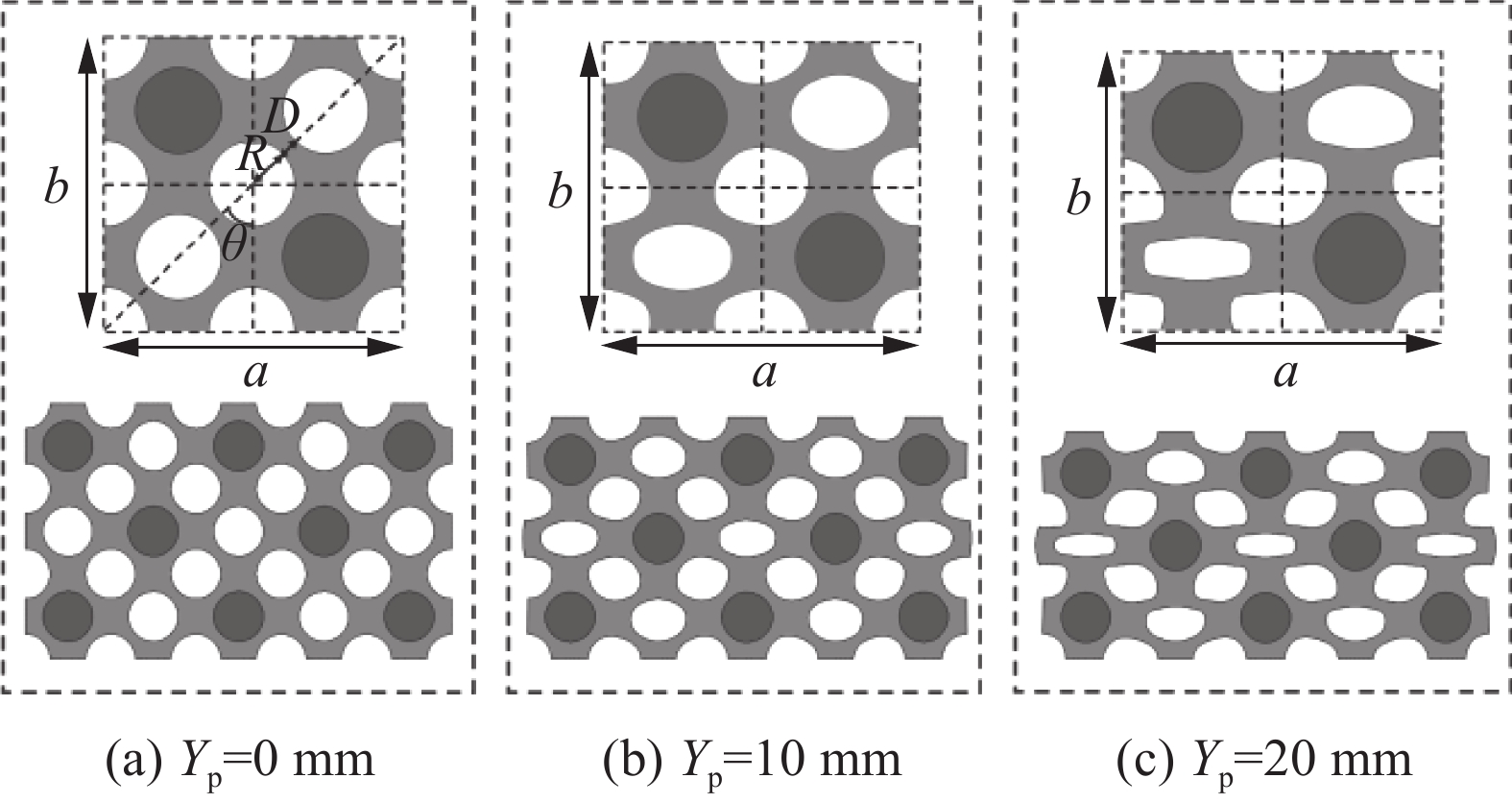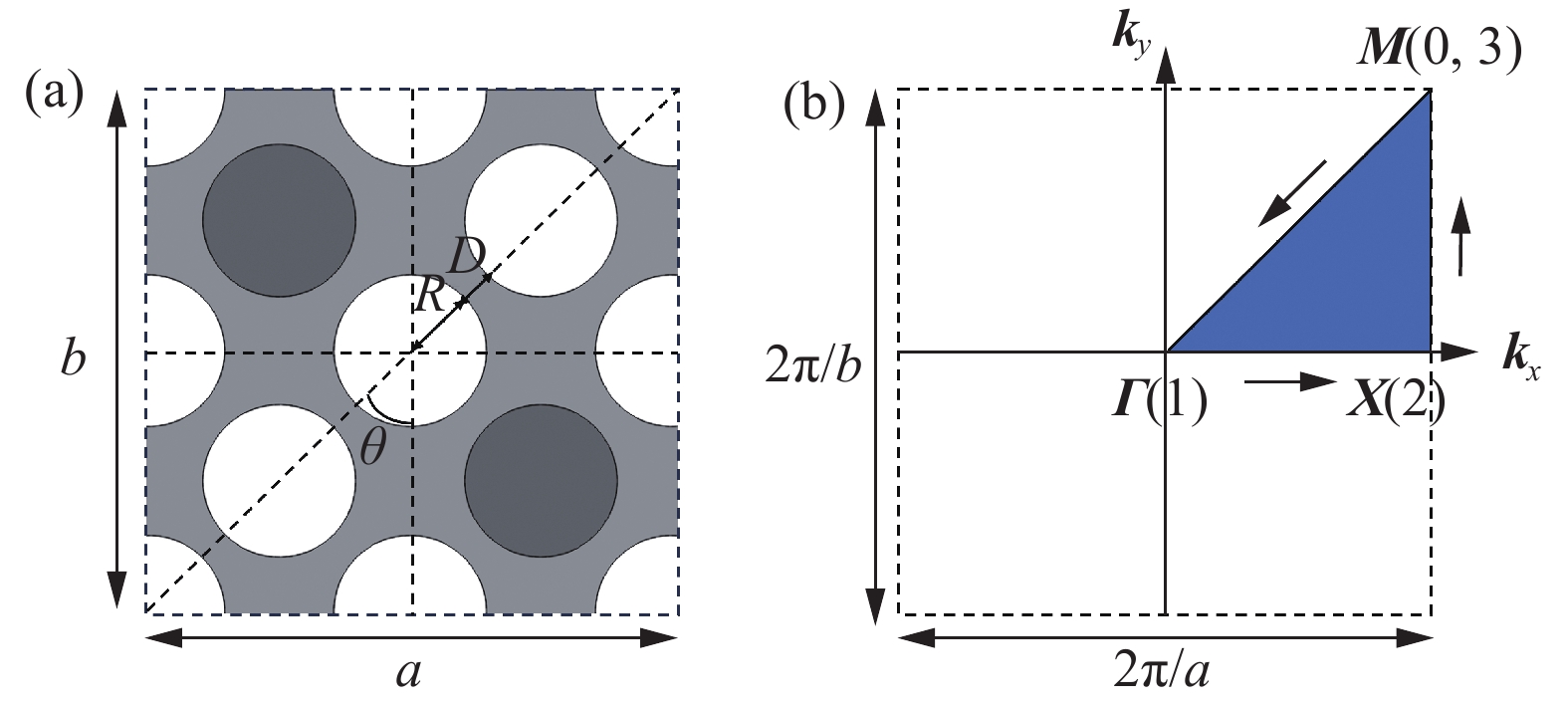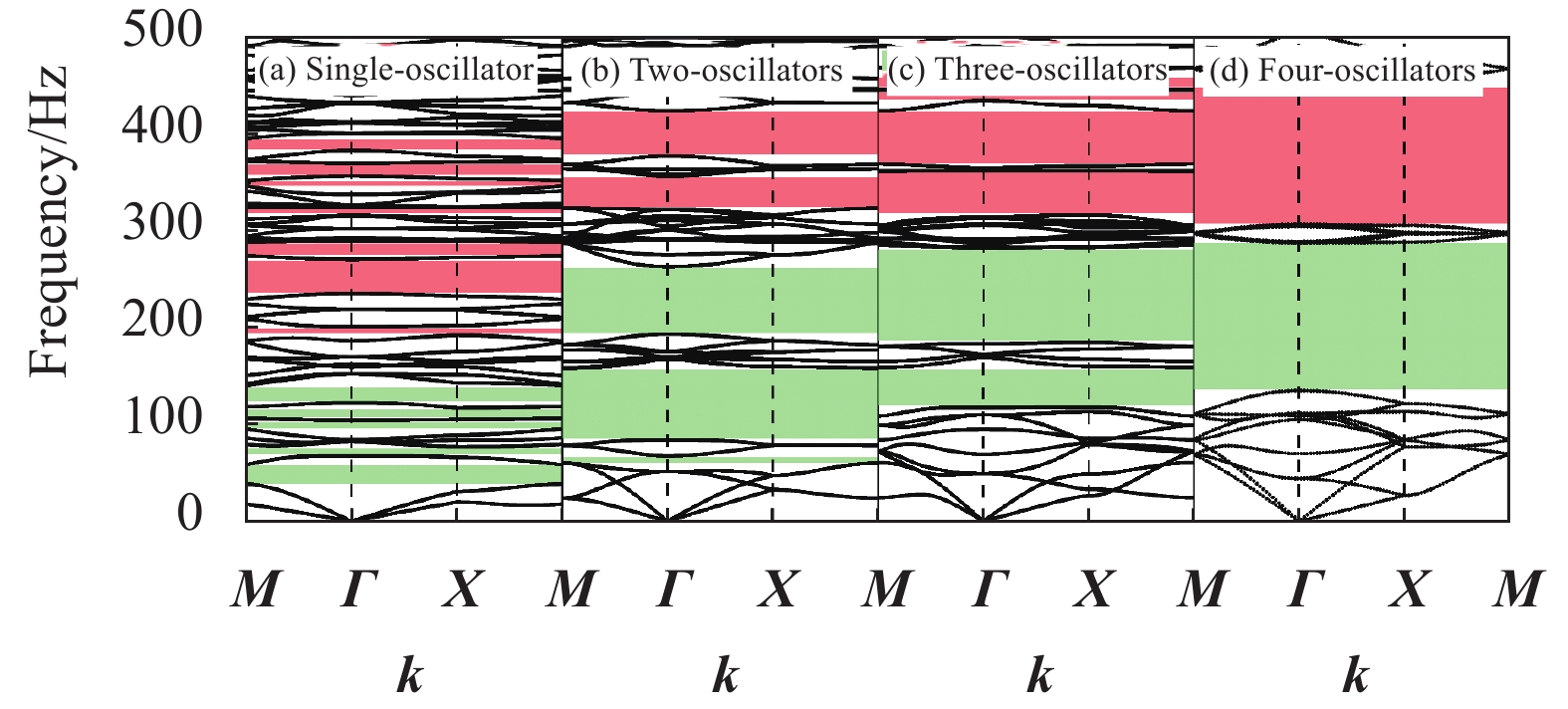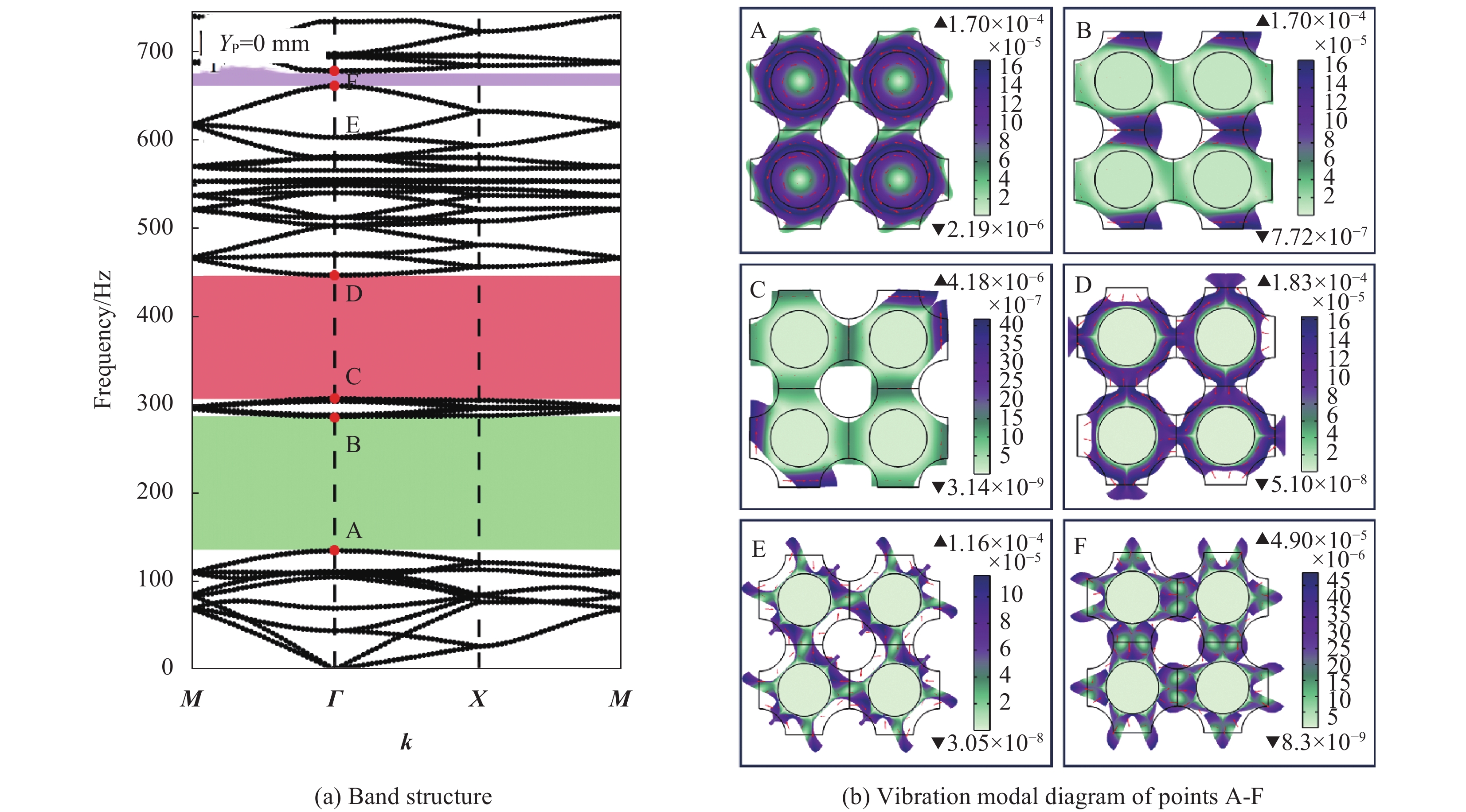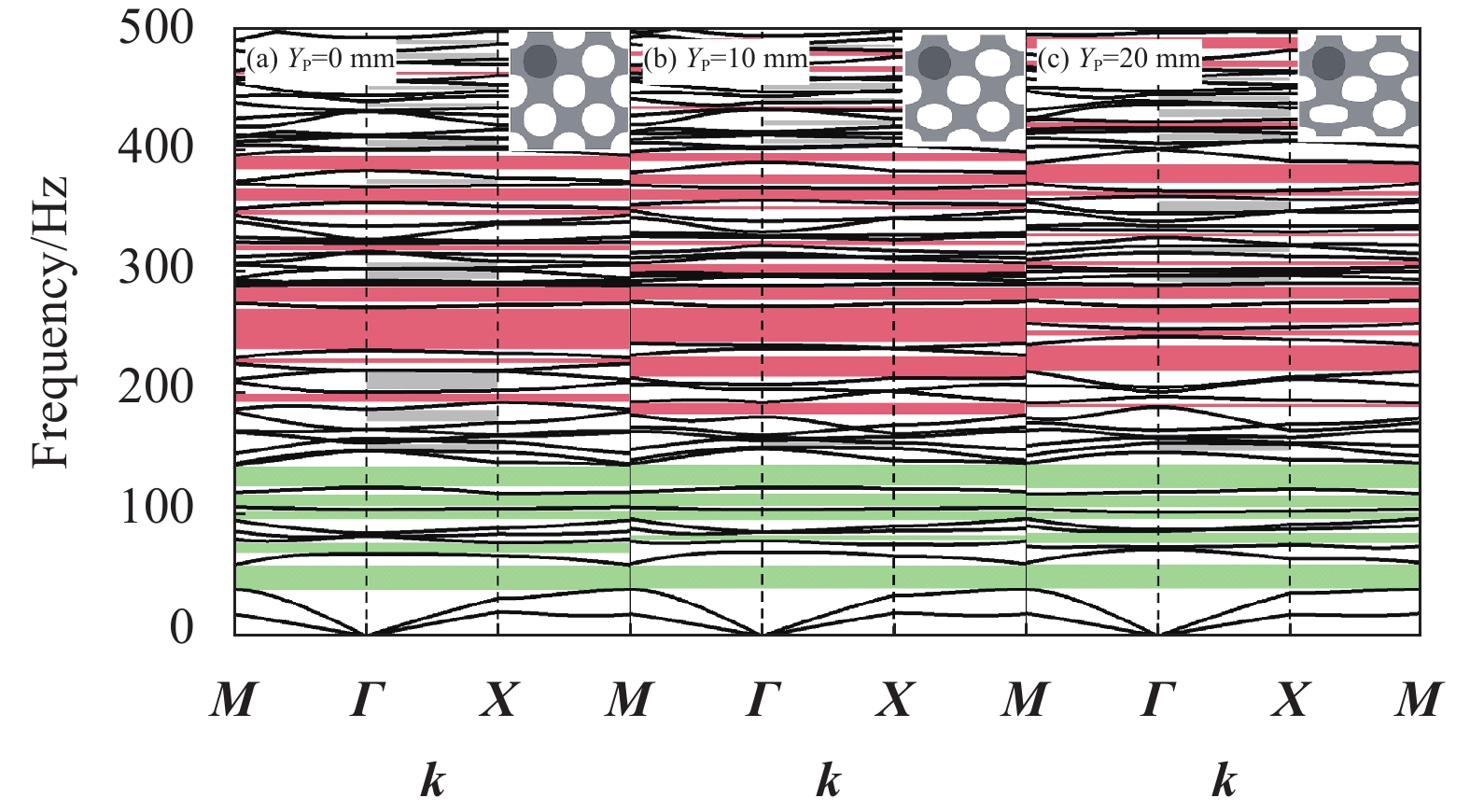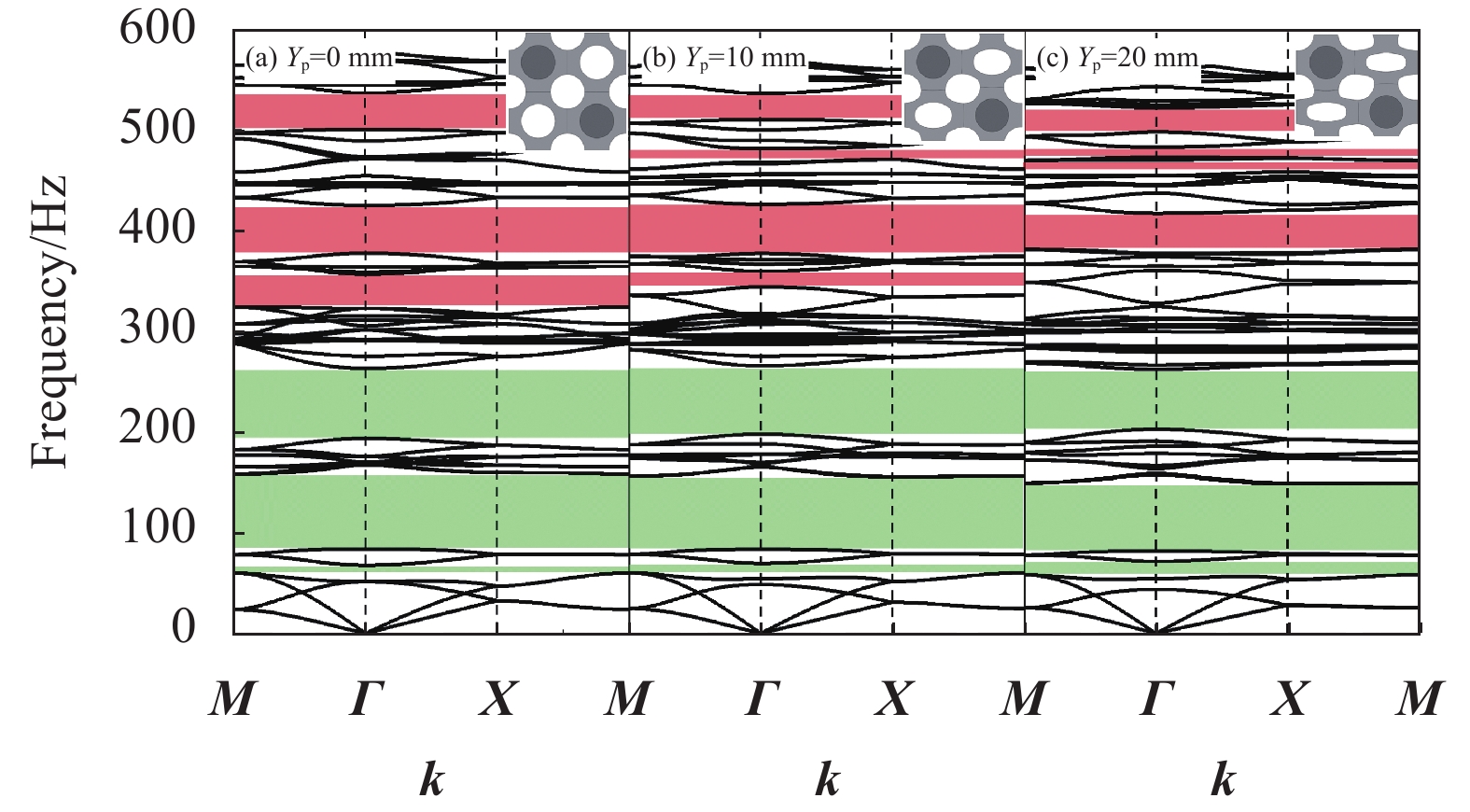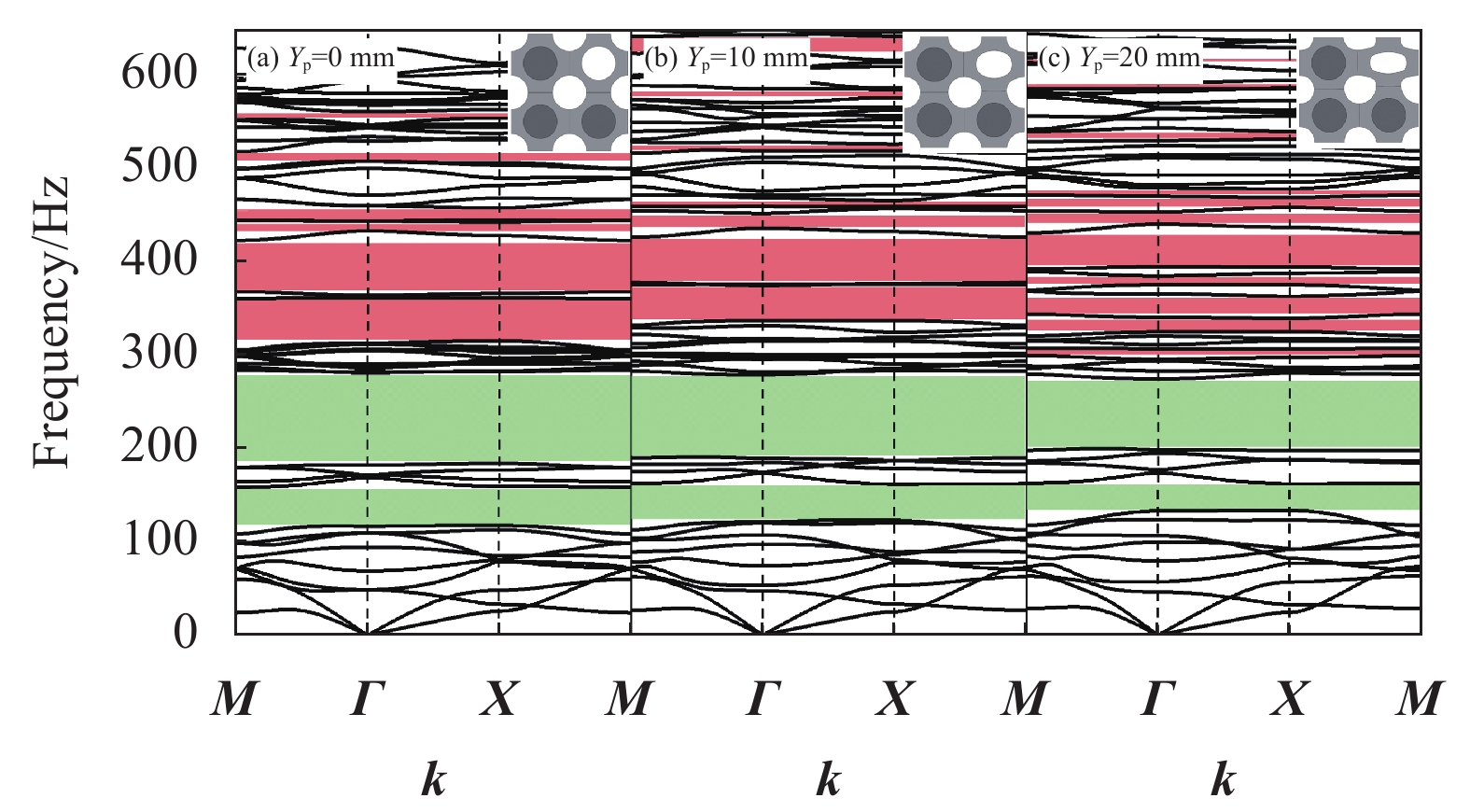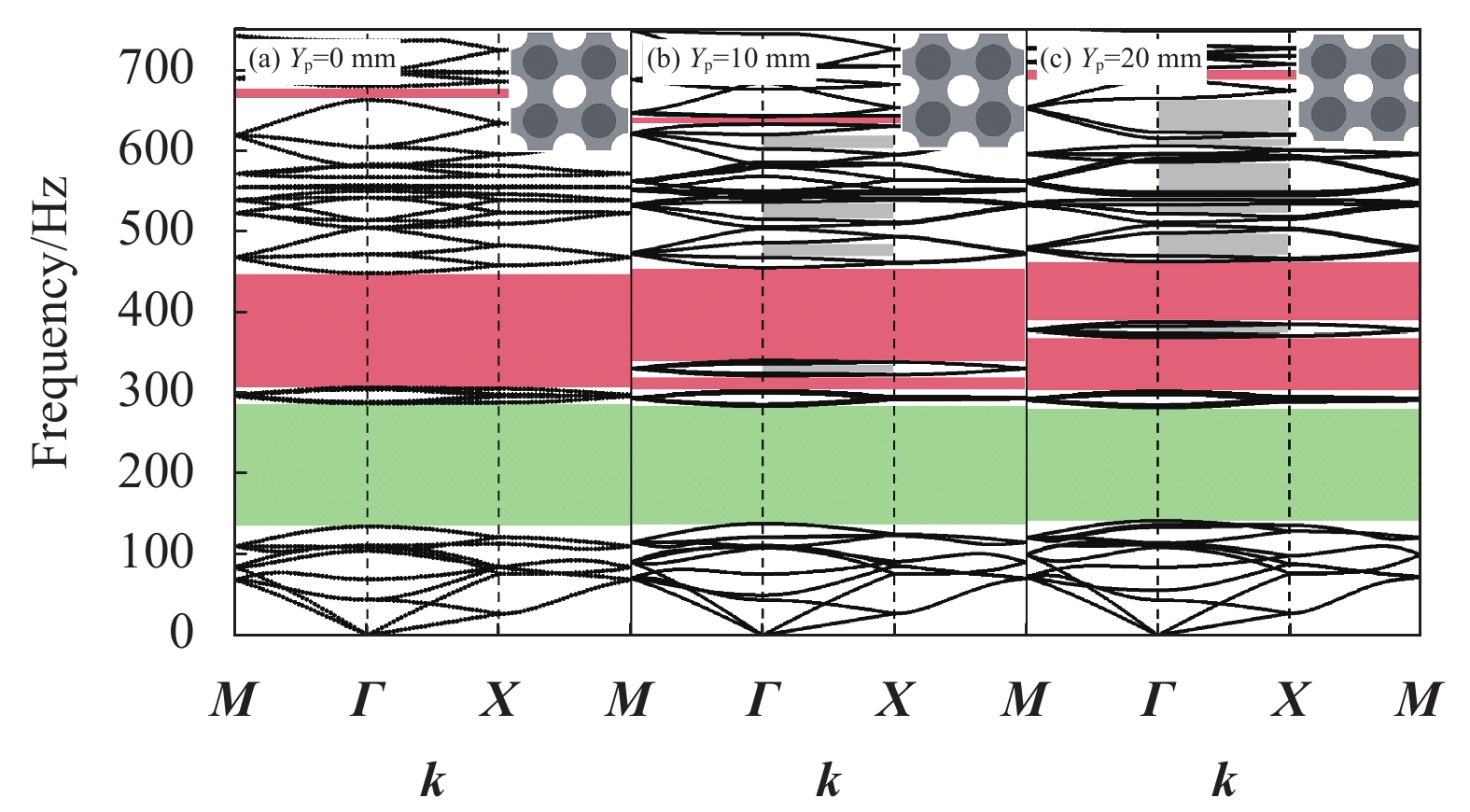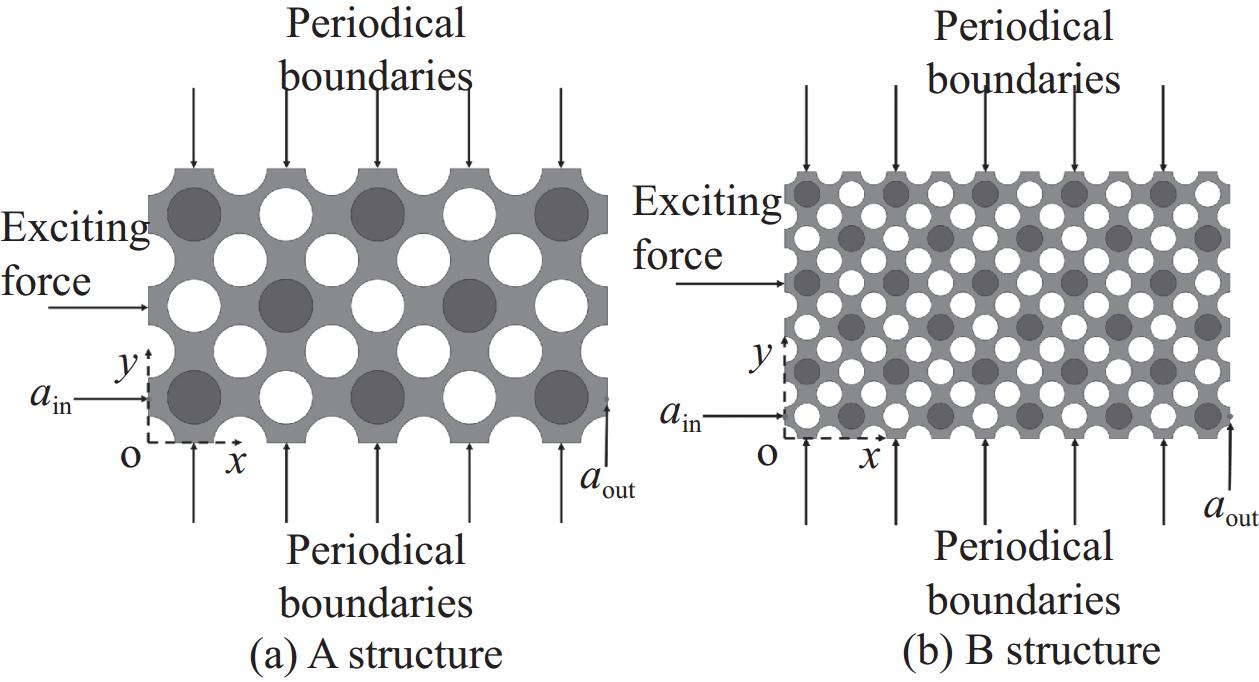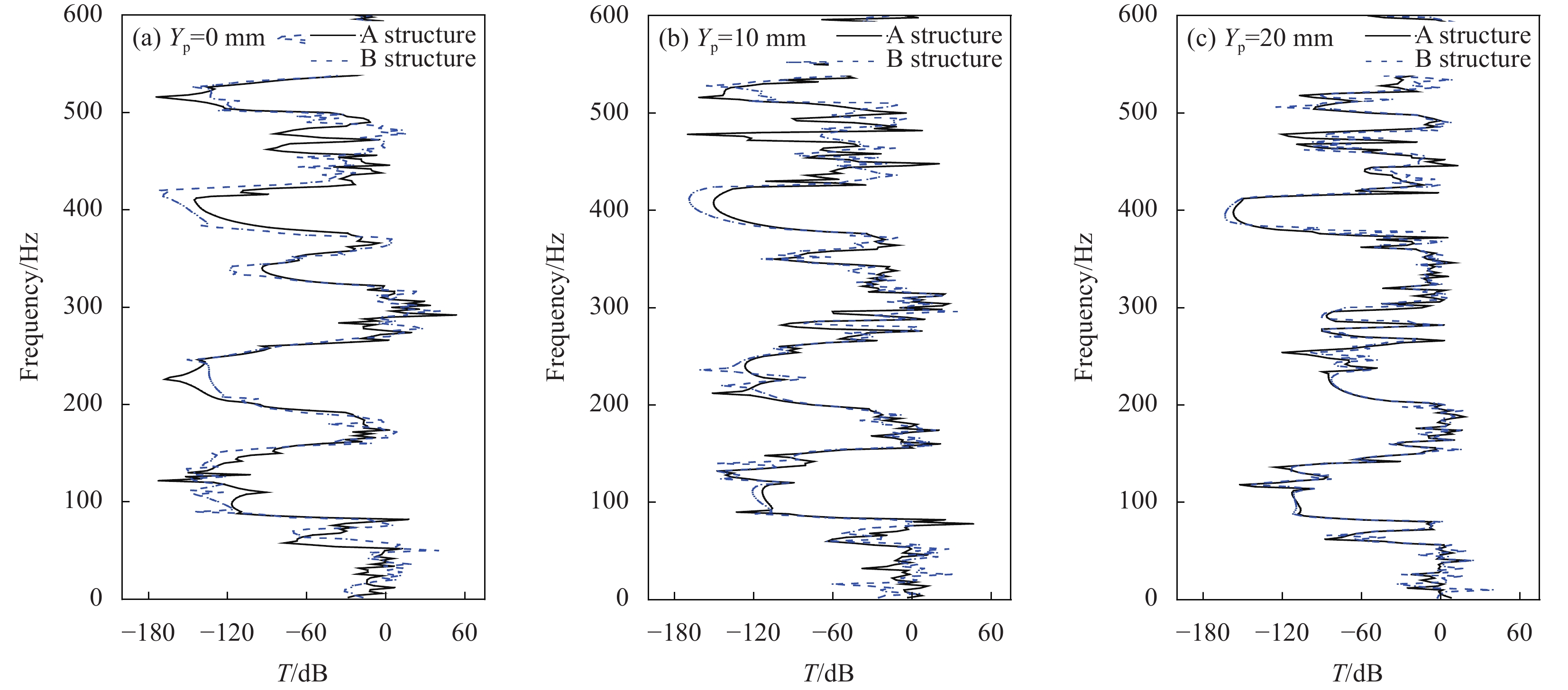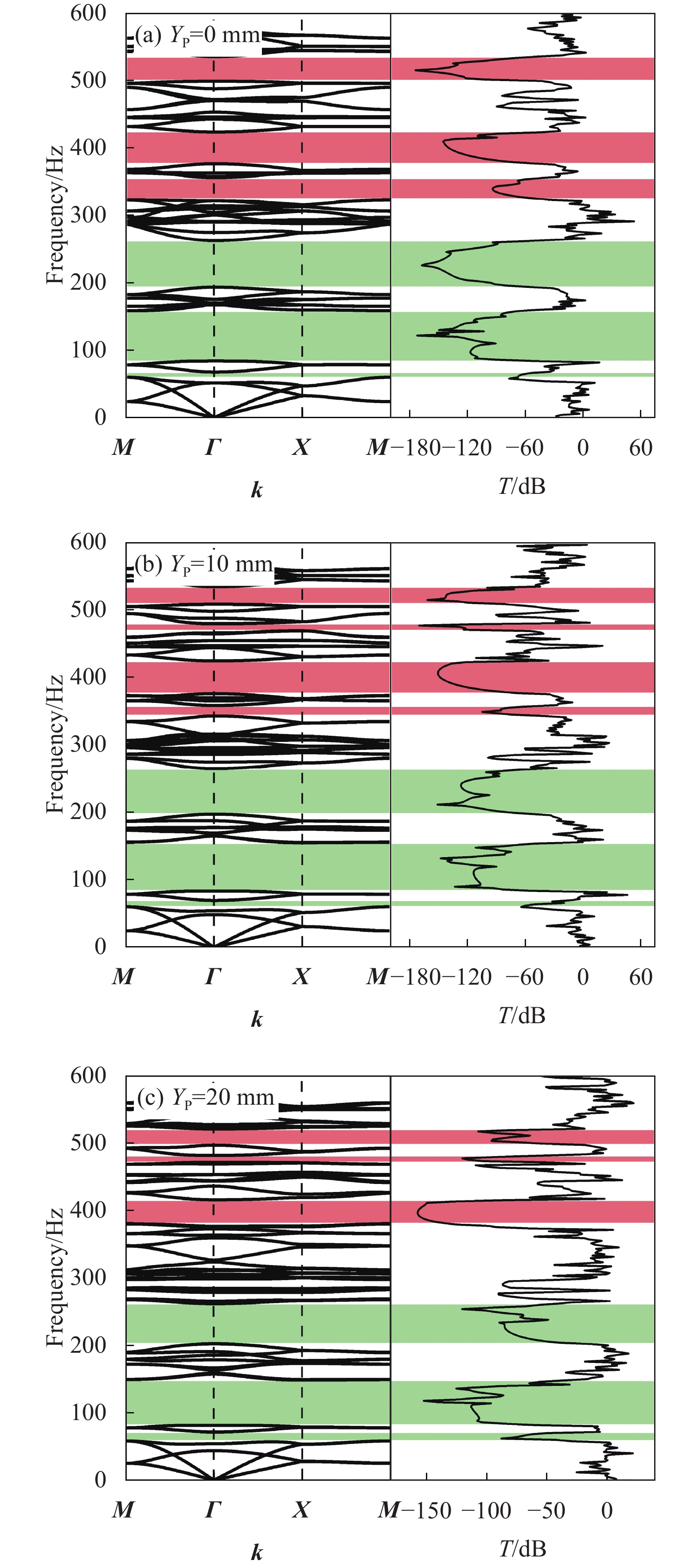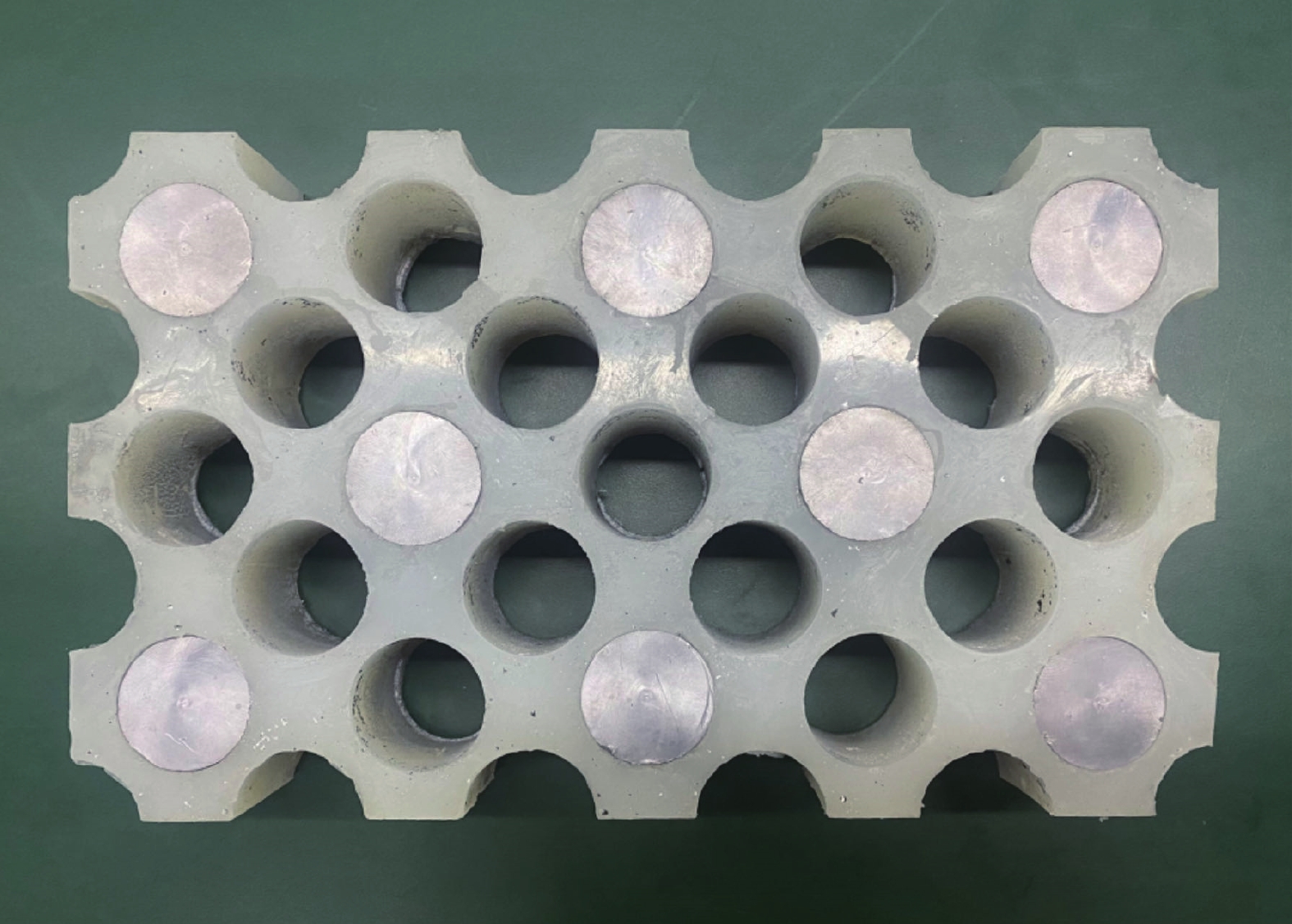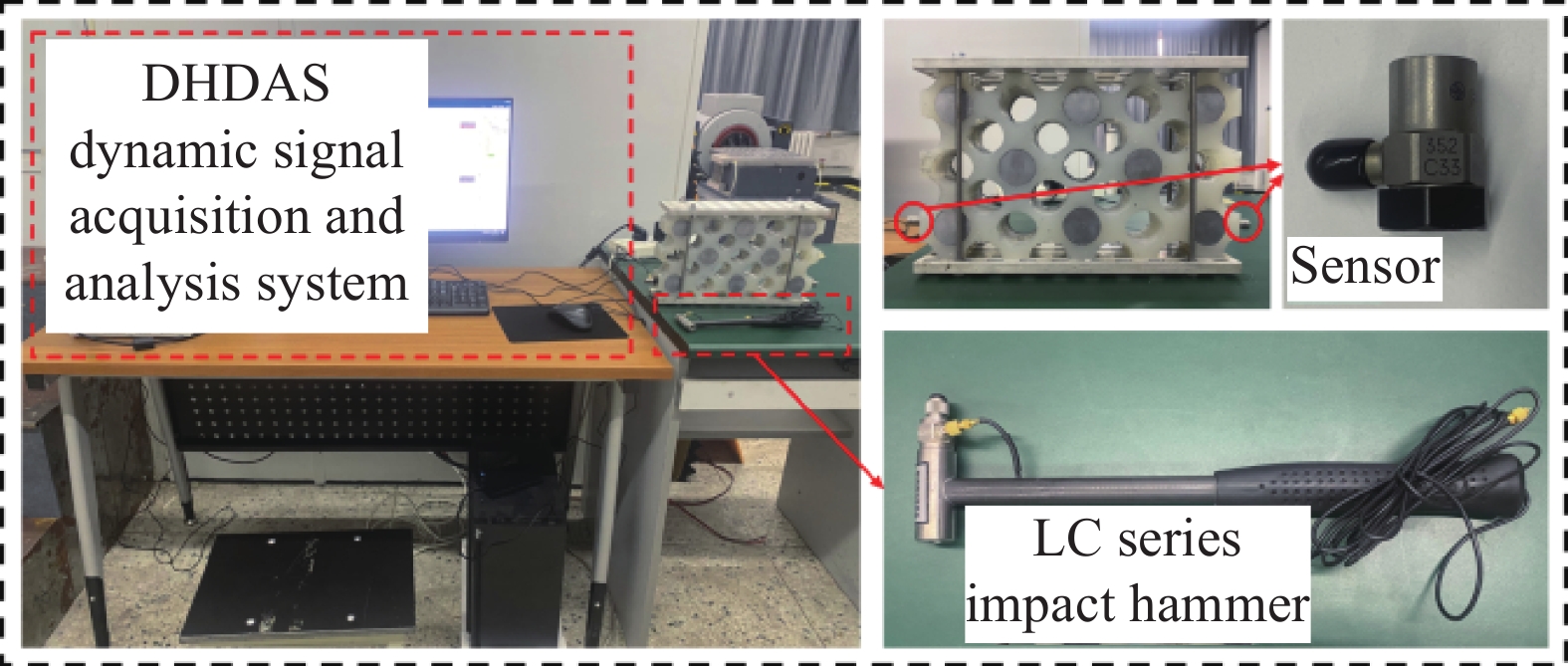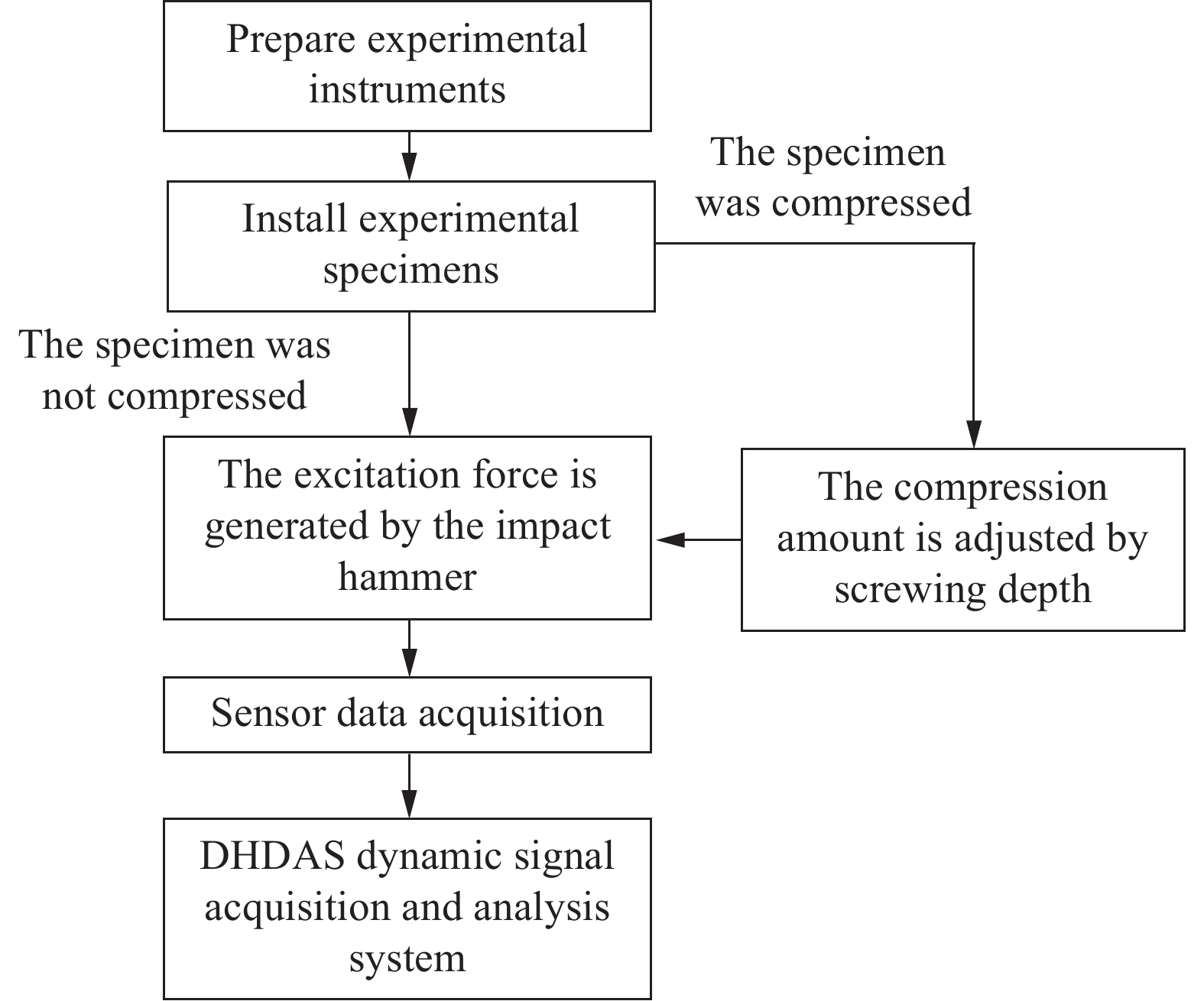Dual pH responsive azoxystrobin controlled release microspheres constructed from porous calcium carbonate and its biosecurity
-
摘要:
刺激响应性农药控释系统为提高农药利用效率和减少环境污染提供了强有力的策略。本文在采用共沉淀法制备多孔碳酸钙微球(CaCO3)的基础上,通过浸渍吸附法获得负载嘧菌酯(Az)的多孔碳酸钙微球(Az/CaCO3),并在复合微球表面进一步包覆单宁酸(TA)-Cu2+络合物,构建了一个具有双pH响应性的嘧菌酯控释系统(Az/CaCO3@TA-Cu)。理化性能研究表明成功制备了Az/CaCO3@TA-Cu微球,其载药量为16.42%。模拟释放研究结果表明,Az/CaCO3@TA-Cu具有良好的pH控释性能,在pH=7的磷酸缓冲溶液中96 h累积释放率为36.99%,而在pH=5和pH=9条件下的累积释放率分别为74.32%和58.79%。菌丝体生长速率实验表明,Az/CaCO3@TA-Cu对禾谷镰刀菌生长具有较好的抑制作用,中值抑制浓度为纯Az和Az/CaCO3的6.58倍和3.28倍。此外,小麦发芽率和斑马鱼存活率统计结果显示,Az/CaCO3@TA-Cu相对于Az/CaCO3和纯Az表现出更优的生物安全性。
Abstract:Stimuli-responsive pesticide controlled release systems provide a powerful strategy for improving pesticide utilization efficiency and reducing environmental pollution. In this study, based on the preparation of porous calcium carbonate microspheres (CaCO3) by co-precipitation method, porous calcium carbonate microspheres loaded with pyrimethanil (Az) (Az/CaCO3) were obtained by impregnation and adsorption method, and the surface of the composite microspheres was further encapsulated with a tannic acid (TA)-Cu2+ complex, which constructed a pyrimethanil controlled-release system with dual pH-responsiveness (Az/CaCO3@TA-Cu). Physicochemical performance studies showed successful preparation of Az/CaCO3@TA-Cu microspheres with 16.42% drug loading. The results of simulated release studies showed that Az/CaCO3@TA-Cu had good pH-controlled release properties, with a cumulative release rate of 36.99% in phosphate buffer solution at pH=7 for 96 h, whereas the cumulative release rates at pH=5 and pH=9 were 74.32% and 58.79%, respectively. Mycelial growth rate experiments showed that Az/CaCO3@TA-Cu had a better inhibitory effect on the growth of Fusarium graminearum, with median inhibitory concentrations of 6.58 and 3.28 times that of pure Az and Az/CaCO3. In addition, wheat germination and zebrafish survival statistics showed that Az/CaCO3@TA-Cu exhibited superior biosafety relative to Az/CaCO3 and pure Az.
-
Keywords:
- azoxystrobin /
- calcium carbonate /
- tannic acid /
- drug delivery system /
- controlled release
-
超材料[1-3]是一类由阵列化的人工微结构单元构成的复合结构。通过对超材料中的微结构单元及其排布方式进行调控设计,可产生低频弹性波带隙、负等效质量密度、负弹性模量、负折射等一系列超常效应[1],因而在航空航天、工程建筑、轨道交通等[4-6]工程领域具有广泛的应用前景。声学超材料按照带隙形成的机制不同可以分为布拉格散射型和局域共振型[7]。布拉格散射起主导性作用的是周期性的材料特性与弹性波之间的相互作用;局域共振型起主导作用的是散射体的振动特性与基体中长波行波之间的耦合作用,从而抑制弹性波的传播[8]。
近年来,一些学者结合带隙形成机制,在低频范围内获得了较宽的带隙,并通过改变几何参数对带隙进行优化[9-13]。张思文等[14]提出了一种新型局域共振复合结构,实现了声子晶体的多重共振,在低频范围能打开多条共振带隙;Li等[15]研究了振动形式对韧带结构带隙的影响,通过拓扑优化提高了带隙的覆盖范围;Coffy等[16]设计了一种新型声子晶体,有效增加了带隙宽度;李孟昶等[17]设计了一种新型管道超结构构型,该结构在
2500 Hz内产生了两条完全带隙。传统超材料设计方法无法实现参数连续控制。实际工程中,结构随不同工况动态特性相应发生变化,可控超结构可根据目标需求调节结构的带隙特性,实现对不同工况下结构减振的可控调节。近年来,可控超结构日益受到学者们的广泛关注[18-20]。Yao等[21]研究了温度对不同晶格类型声子晶体的带隙调控机制;Geng等[22]研究了不同缺陷态声子晶体几何参数对弯曲波带隙的可控性,结果表明温度升高会造成带隙的频率范围减小;Dai等[23]结合声学拓扑绝缘体,利用温控可调拓扑声子晶体控制和引导水声,但调控范围比较有限。一些学者开展了通过外部激励实现带隙调控的研究。Li等[24-25]分别提出了一种衍生结构和混合声学超结构,可通过施加主动应变调控结构的带隙特性;Bertoldi和Boyce[26]研究了有限形变对周期性超弹性材料中弹性波传播的影响;Shan等[27]研究了周期性多孔超弹性声子晶体在施加载荷后的带隙特性,并分析了不同屈曲模式对带隙的调节效果;Li等[28]研究了结构不同屈曲模式对带隙的影响;Gei[29]研究了准无限周期梁的轴向波和弯曲波的能带结构,分析了轴向拉伸预应力调节结构弯曲波的特性;Huang等[30-32]研究了大形变和预拉伸应变对由超弹性材料制成的声子晶体板带隙的影响。目前已开展的可控超结构研究相对较少,且大多针对结构特定频率范围(低频或中高频)。本文提出一种复合带隙可控超结构构型,可同时产生低频的局域共振型带隙和较高频的布拉格散射型带隙,且通过调节振子位置和施加可控位移,可实现对结构复合带隙的有效调控。采用有限元法研究了4种不同复合带隙可控超结构的带隙特性及其在外加激励作用下的带隙调控规律,计算了该结构的振动传输特性曲线,并与实验结果进行了对比验证。
1. 构型设计及带隙特性
1.1 复合带隙可控超结构构型及其带隙计算
本文提出的复合带隙可控超结构的元胞构型如图1所示,该结构由多孔软材料及内部嵌入的局域共振振子构成。根据振子分布位置不同,分别有单振子、二振子、三振子及四振子4种构型,如图1所示。当对该结构施加可控轴向压缩时(图2),结构逐渐发生变形,带隙结构分布随之改变,实现带隙的可调可控。
![]() 图 2 不同轴向压缩下二振子构型超结构元胞及试件示意图Figure 2. Schematic diagram of the metastructure cells and specimens of two-oscillator configurations under different axial compressionsYp—Axial compression of the structure; a, b—Lattice constant; R—Radius of the hole; θ—Angle of the diagonal of the cell; D—Distance between the holes
图 2 不同轴向压缩下二振子构型超结构元胞及试件示意图Figure 2. Schematic diagram of the metastructure cells and specimens of two-oscillator configurations under different axial compressionsYp—Axial compression of the structure; a, b—Lattice constant; R—Radius of the hole; θ—Angle of the diagonal of the cell; D—Distance between the holes本文采用有限元法计算该结构在{\boldsymbol{{ M}\varGamma}} 、{\boldsymbol{\varGamma { X}}}、{\boldsymbol{{ X}{ M}}}方向上的能带分布。在忽略介质阻尼的影响下,弹性波在线弹性非均匀介质中的波动方程可以写为
\nabla \cdot \left[ {{\boldsymbol{C}}\left( {\boldsymbol{r}} \right):\nabla {\boldsymbol{u}}\left( {{\boldsymbol{r}},t} \right)} \right] = {\boldsymbol{\rho}} \left( {\boldsymbol{r}} \right)\frac{{{\partial ^2}{\boldsymbol{u}}\left( {{\boldsymbol{r}},t} \right)}}{{{\partial ^2}t}} (1) 式中:{\boldsymbol{ r}} 为位置矢量,{\boldsymbol{r}} = \left( {x,y,{\textit{z}}} \right);{\boldsymbol{u}}\left( {\boldsymbol{r}} \right)为位移矢量,{\boldsymbol{u}}\left( {\boldsymbol{r}} \right) = \left( {{u_x},{u_y},{u_{\textit{z}}}} \right);t为时间; {\boldsymbol{C}}\left({\boldsymbol{ r }}\right) 和{\boldsymbol{ \rho}} \left( {\boldsymbol{r}} \right) 分别为材料的弹性张量及密度张量。
由于波动方程中的系数具有周期性,因此根据Bloch-Floquet周期性边界条件,单胞离散形式的特征值方程及边界条件可表示为
{\boldsymbol{KU}} = {\omega _n^2}{\boldsymbol{MU}} (2) \boldsymbol{u}\left(\boldsymbol{r},t\right)={\mathrm{e}}^{\mathrm{i}\left({\boldsymbol{k}} \, \cdot \,{\boldsymbol{r}}-\omega t\right)}\boldsymbol{u}_{\boldsymbol{k}}\left(\boldsymbol{r}\right) (3) 式中: {\boldsymbol{K}} 为结构的刚度矩阵;{\boldsymbol{M}}为质量矩阵;{\boldsymbol{U}}为单元节点位移矩阵;{\omega _n}为声子晶体的固有频率; {{\boldsymbol{u}}_{\boldsymbol{k}}}\left({\boldsymbol{ r}} \right) 是周期性边界源面的位移向量;i为虚数单位;ω为频率;{\boldsymbol{k}}为限制在第一布里渊区内的Bloch波矢,布里渊区示意图如图3所示。
![]() 图 3 Y_{\mathrm{p}}=0\; \mathrm{mm} 时二振子构型超结构元胞(a)及其第一不可约布里渊区(阴影区域) (b)M, Γ and X are the high symmetry points of the first irreducible Brillouin zone, respectively; kx and ky are the components of wave vector k in x and y directions, respectivelyFigure 3. Two-oscillator configuration metastructure cell (a) and its first irreducible Brillouin zone (Shaded region) (b) in Y_{\mathrm{p}}=0\; \mathrm{mm}
图 3 Y_{\mathrm{p}}=0\; \mathrm{mm} 时二振子构型超结构元胞(a)及其第一不可约布里渊区(阴影区域) (b)M, Γ and X are the high symmetry points of the first irreducible Brillouin zone, respectively; kx and ky are the components of wave vector k in x and y directions, respectivelyFigure 3. Two-oscillator configuration metastructure cell (a) and its first irreducible Brillouin zone (Shaded region) (b) in Y_{\mathrm{p}}=0\; \mathrm{mm}联立式(2)与式(3),令波矢{\boldsymbol{k}}扫略第一不可约布里渊区的边界,可得到一系列特征频率{\omega ^2}。在本文中选择波矢{\boldsymbol{k}}前50阶特征频率在第一布里渊区的变化来计算能带结构。对 {{\boldsymbol{k}}_x} 、 {{\boldsymbol{k}}_y} 的扫描路径进行设计,使波矢{\boldsymbol{k}}能够取到第一不可约布里渊区的所有值,其中波矢{\boldsymbol{k}}的方向及取值范围如图3中第一不可约布里渊区示意图所示,Bloch波矢{\boldsymbol{k}}的方向及 {{\boldsymbol{k}}_x} 、 {{\boldsymbol{k}}_y} 的关系如下:
{{\boldsymbol{k}}_x} = \left\{ {\begin{array}{l} {(1 - k)\dfrac{{\text{π}} }{a},0 < k < 1} \\ {(k - 1)\dfrac{{\text{π}} }{a},1 < k < 2} \\ {\dfrac{{\text{π}} }{a},2 < k < 3} \end{array}} \right.{\text{ }}{{\boldsymbol{k}}_y} = \left\{ {\begin{array}{l} {(1 - k)\dfrac{{\text{π}} }{a},0 < k < 1} \\ {0,1 < k < 2} \\ {(k - 2)\dfrac{{\text{π}} }{a},2 < k < 3} \end{array}} \right. (4) 进而可得到波矢k与频率\omega 的色散关系。
1.2 带隙特性分析
本文设计的复合带隙可控超结构采用硅橡胶材料制成,内部嵌入铅块作为其局域共振振子,其几何参数和材料参数如表1所示,未压缩情况下的晶格常数为a = b = 120\;{{\mathrm{mm}}} 。应用COMSOL软件建立了图1中4个元胞结构的有限元模型,并在相应位置施加Floquet周期性边界条件,应用特征频率求解器对布里渊区边界进行波矢扫描计算,可以得到元胞振动的能带结构图,并将它们进行对比,如图4所示。
表 1 几何参数和材料参数Table 1. Geometric parameters and material parametersGeometric parameters Value Material Material parameters Value R/mm 17.5 Silicon rubber E/MPa 0.870 ρ/(kg·m−3) 1230 D/mm 7.426 ν 0.499 Lead E/MPa 40.8 θ/(°) 45 ρ/(kg·m−3) 11340 ν 0.37 Notes:E—Elastic modulus;ρ—Density;ν—Poisson's ratio. 从图4可以看出,中间孔无填充情况下,局域共振振子规律排列在中间孔的四周,随局域共振振子数量增加,300 Hz内的低阶带隙宽度增加,结构中带隙数量逐渐减少,带隙位置逐渐上移;且随着振子数量增加,结构刚度逐渐增大进而导致了带隙中心频率增加。
图5(a)给出了有限元法计算得到的四振子结构的能带结构图。可以看出,当结构的轴向压缩值 Y_{\mathrm{p}}=0\; \mathrm{mm} 时,前50阶特征频率形成了两条较宽的完全带隙和一条较窄的完全带隙,由低到高的频率范围分别为134.48~287.53 Hz、307.26~447.81 Hz和662.44~679.43 Hz。
为进一步分析复合带隙可控超结构的带隙类型,图5(b)给出了A~F这6个点的振动模态图。可以看出,在A点,振动主要集中在散射体上,基体与散射体同向振动;B点散射体的振动降低。当波的频率接近散射体的固有频率时,基体与散射体发生共振,从而抑制了振动在特定方向上的传播。因此,图5(a)中的第一阶带隙为局域共振带隙。而对应C、D、E、F点振动模态为结构整体振动,因此第二阶带隙与第三阶带隙为布拉格散射型带隙。同理,图4所示能带结构中的带隙可根据高对称点的振动模态图来判断:第一阶带隙为局域共振型带隙,第二阶带隙为布拉格散射型带隙。
2. 复合带隙可控超结构带隙调控
为了进一步分析轴向压缩对结构带隙调控的机制,对结构施加竖向位移量 Y_{\mathrm{p}} 。考虑到结构在较大变形下会发生屈曲,将应用COMSOL软件对结构的屈曲临界载荷和相应变形进行分析,计算得到各元胞发生屈曲的临界变形量在22.378~39.682 mm之间。因此,计算中在保证所有结构不发生屈曲的前提下,将图1中单振子、二振子、三振子、四振子元胞分别从0 mm开始依次增加10 mm进行轴向压缩,然后计算它们的能带结构图并分析带隙变化的规律,如图6~图9所示。
对比图6~图9中各阶带隙可以看出,随着竖向位移量 Y_{\mathrm{p}} 的增大,第一阶局域共振带隙变化较小,高阶的布拉格散射带隙中心频率逐渐向上移动,并在较高频率范围内出现了新的布拉格带隙,且单振子元胞和四振子元胞构型出现多条方向带隙(灰色部分)。这是由于轴向压缩对局域共振型带隙参数影响较小,但随着轴向位移 Y_{\mathrm{p}} 的增加,元胞晶格尺寸发生了变化,x方向尺寸a逐渐变大,y方向尺寸b逐渐变小,弹性波在晶格之间的传播与反射波的叠加发生了变化,色散曲线中心频率上移。可以发现,轴向压缩对不同构型复合带隙可控超结构具有较一致的调控机制,带隙调控的规律与局域共振振子的数量之间没有明显的关系。
3. 复合带隙可控超结构振动传输特性
3.1 有限周期结构的振动传输特性
为了进一步研究复合带隙可控超结构的实际工程应用效果,本文分别采用数值计算和实验方法对其进行了有限周期结构的振动传输特性研究。结构振动衰减情况常用传输损失{T_{\mathrm{L}}}来描述,传输损失 {T_{\mathrm{L}}} 计算式为[33]
T_{\mathrm{L}}=20\mathrm{lg}\left(\frac{a_{\mathrm{out}}}{a_{\mathrm{in}}}\right) (5) 式中,{a_{{\mathrm{in}}}}和{a_{{\mathrm{out}}}}分别为输入点和输出点处的加速度响应。
为了对比不同数量周期结构对振动传输特性结果的影响,开展了图10中有限周期二振子构型A、B结构的传输特性计算。应用COMSOL软件建立了两个结构的模型,在其左端处施加轴向单位激振力,限制结构y方向的刚体位移,在结构左右两端施加了自由边界条件,并在另一端{a_{{\mathrm{out}}}}处计算得到输出振动响应。
图11给出了不同轴向压缩值下两个结构的振动传输特性曲线,可以看出尺寸较小的A结构与尺寸较大的B结构的振动传输特性具有较好的一致性。考虑到本文制作的实验试件尺寸有限,为便于与实验结果对比分析,选取周期结构数量与试验件相一致的A结构进行研究。图12(a)~图12(c)分别给出了二振子构型A结构在 Y_{\mathrm{p}}=0\; \mathrm{mm} 、 Y_{\mathrm{p}}=10\; \mathrm{mm} 、 Y_{\mathrm{p}}=20\; \mathrm{mm} 时的能带结构及振动传输特性曲线对比图。
从图12中的数值结果可以看出,传输特性曲线中振动衰减部分的频率范围与计算得到的能带结构中的带隙频率范围基本一致。另外,传输特性曲线中,除完全带隙对应的衰减,其余的衰减部分对应于方向带隙。在带隙范围内,结构的传输特性衰减明显,未压缩结构与轴向压缩结构的最大衰减均可达到150 dB。由此可见,弹性波在带隙频率范围内会出现明显的衰减。
3.2 实验研究
为研究有限周期二振子超结构振动传输特性,制作了二振子元胞结构试件,如图13所示。该试件由多孔硅橡胶构成,长度为300 mm,宽度为180 mm,厚度为50 mm,在橡胶孔内规律嵌入铅块构成局域共振振子。实验中,通过螺栓、螺母固定夹具,同时可调节控制其整体竖向位移。加速度传感器(352 C33,PCB)设置在图10中输入点{a_{{\mathrm{in}}}}与拾取点{a_{{\mathrm{out}}}}对应位置,使用力锤(CL-YD-303,江苏联能电子技术有限公司)沿水平方向冲击产生激励,通过DHDAS动态信号采集分析系统(DH8303,江苏东华测试技术股份有限公司)采集输入、输出端的加速度响应,实验装置如图14所示,实验流程如图15所示。将采集的数据利用式(5)进行计算,即可得到结构的振动传输特性曲线。
3.3 结果分析
将实验测得的加速度响应通过式(5)进行计算,所得到的数据经归一化处理后可获得二振子结构的振动传输特性曲线,如图16虚线所示。可以看出,带隙所在范围内(阴影区域)弹性波发生了衰减,这与有限元计算得到的结果比较一致,并且振动传输特性曲线的实验结果与数值结果也得到了较好的一致性。从图16可以看出:当 Y_{\mathrm{p}}=0\; \mathrm{mm} 与 Y_{\mathrm{p}}=10\; \mathrm{mm} 时,实验得到的振动传输特性曲线的衰减峰值与数值结果中的衰减峰值比较吻合;当 Y_{\mathrm{p}}=20\; \mathrm{mm} 时,部分低阶带隙的结果存在一定差异。这主要是由于:实验中结构通过夹具施加轴向压缩值,而相应的计算分析过程中,忽略了夹具和结构自重的影响,同时随着轴向压缩值的增加,结构内部产生的应力及自身的结构阻尼对其带隙亦有影响,因此两者有一定的误差。
4. 结 论
本文提出一种复合带隙可控超结构构型,该结构由多孔软材料和局域共振振子组成,可同时产生局域共振和布拉格散射两种带隙,通过施加轴向位移可实现对带隙的有效调控。采用有限元法研究了该结构在不同构型下的带隙特性及轴向压缩对带隙的调控规律,计算了二振子结构的振动传输特性并与带隙分布进行了对比验证。搭建了二振子结构振动特性实验平台,测得了该结构的传输特性曲线,与实验结果相对比,两者取得了较好的一致性。主要结论如下:
(1)对比分析了复合带隙可控超结构的4种不同构型带隙特性,数值结果表明该结构可产生局域共振型和布拉格散射型两种带隙分布;随局域共振振子数量增加,一定频率范围内,结构中带隙宽度增加,数量减少,且带隙中心频率上移;
(2)轴向压缩对该结构带隙分布具有一定的调控作用,随着轴向压缩值的增加,布拉格带隙中心频率逐渐上移,同时出现更多的完全带隙和方向带隙,局域共振型带隙变化较小,4种复合带隙可控超结构带隙调控规律基本一致;
(3)复合带隙可控超结构在带隙范围内具有较好的减振效果,振动传输特性曲线的实验结果与数值结果中衰减部分基本吻合。因此,弹性波在带隙频率范围内会出现明显的衰减。
本文提出的复合带隙可控超结构可以实现结构在不同工况下的带隙调控,在航空航天、轨道交通等领域有广阔的应用前景。结构由软材料组成,理论分析存在一定难度,且变形较大时出现非线性特性,在未来工作中将开展内在机制的理论分析及非线性特性研究。
-
表 1 通过拟合几个动力学方程计算Az/CaCO3@TA-Cu释放Az的参数
Table 1 Parameters for Az/CaCO3@TA-Cu release of Az by fitting several kinetic equations
Model pH k n R2 Zero-order 5 0.555 − 0.618 7 0.448 − 0.572 9 0.294 − 0.740 First-order 5 0.159 − 0.895 7 0.130 − 0.813 9 0.155 − 0.963 Higuchi 5 6.570 − 0.851 7 3.237 − 0.921 9 5.397 − 0.820 Ritger-Peppas 5 28.416 0.226 0.978 7 11.815 0.259 0.991 9 21.980 0.235 0.951 Notes: k—Release rate constant; n—Release characteristic index; R2—Regression coefficient. 表 2 禾谷镰刀菌病原菌抗真菌活性测试结果
Table 2 Results of antifungal activity test of Fusarium graminearum pathogens
Day 3 Sample Toxicity regression equation EC50/(mg·L−1) Standard error R2 Pure Az y=0.339x– 0.4266 18.19 0.140 0.9696 Az/CaCO3 y=0.394x– 0.3035 5.77 0.138 0.9592 Az/CaCO3@TA-Cu y=0.475x– 0.1310 1.88 0.136 0.9776 Day 4 Sample Toxicity regression equation EC50/(mg·L−1) Standard error R2 Pure Az y=0.468x– 0.4708 11.41 0.145 0.9040 Az/CaCO3 y=0.439x– 0.3869 7.87 0.141 0.9608 Az/CaCO3@TA-Cu y=0.526x– 0.2334 2.79 0.140 0.9042 Day 5 Sample Toxicity regression equation EC50/(mg·L−1) Standard error R2 Pure Az y=0.447x– 0.6147 18.40 0.150 0.9648 Az/CaCO3 y=0.556x– 0.4176 5.61 0.145 0.9977 Az/CaCO3@TA-Cu y=0.558x–0.245 2.80 0.140 0.9361 Note: EC50—Median effect concentration. -
[1] WANG G, XIAO Y, XU H, et al. Development of multifunctional avermectin poly(succinimide) nanoparticles to improve bioactivity and transportation in rice[J]. Journal of Agricultural and Food Chemistry, 2018, 66(43): 11244-11253. DOI: 10.1021/acs.jafc.8b03295
[2] HUANG G, DENG Y, ZHANG Y, et al. Study on long-term pest control and stability of double-layer pesticide carrier in indoor and outdoor environment[J]. Chemical Engineering Journal, 2021, 403: 126342. DOI: 10.1016/j.cej.2020.126342
[3] ZHOU Y, WU J, ZHOU J, et al. pH-responsive release and washout resistance of chitosan-based nano-pesticides for sustainable control of plumeria rust[J]. International Journal of Biological Macromolecules, 2022, 222: 188-197. DOI: 10.1016/j.ijbiomac.2022.09.144
[4] WAN M, ZHAO Y, LI H, et al. pH and NIR responsive polydopamine-doped dendritic silica carriers for pesticide delivery[J]. Journal of Colloid and Interface Science, 2023, 632: 19-34. DOI: 10.1016/j.jcis.2022.11.009
[5] LIU T, LUO J, LIU S, et al. Clothianidin loaded TA/Fe (III) controlled-release granules: Improve pesticide bioavailability and alleviate oxidative stress[J]. Journal of Hazardous Materials, 2021, 416: 125861. DOI: 10.1016/j.jhazmat.2021.125861
[6] FENG P, CHEN J, FAN C, et al. An eco-friendly MIL-101@CMCS double-coated dinotefuran for long-acting active release and sustainable pest control[J]. Journal of Cleaner Production, 2020, 265: 121851. DOI: 10.1016/j.jclepro.2020.121851
[7] MEI M, BAI B, ZHENG D, et al. Application of the photothermal-responsive gelatin-based microspheres for controlled release of imidacloprid by helix-coil structural transition mechanism[J]. Colloids and Surfaces A: Physicochemical and Engineering Aspects, 2022, 652: 129792. DOI: 10.1016/j.colsurfa.2022.129792
[8] XU C, SHAN Y, BILAL M, et al. Copper ions chelated mesoporous silica nanoparticles via dopamine chemistry for controlled pesticide release regulated by coordination bonding[J]. Chemical Engineering Journal, 2020, 395: 125093. DOI: 10.1016/j.cej.2020.125093
[9] MA Y, LI L, ZHAO R, et al. Nanoencapsulation-based fabrication of eco-friendly pH-responsive pyraclostrobin formulations with enhanced photostability and adhesion to leaves[J]. Journal of Environmental Chemical Engineering, 2023, 11(3): 109688. DOI: 10.1016/j.jece.2023.109688
[10] GAO Z, PANG L, FENG H, et al. Preparation and characterization of a novel imidacloprid microcapsule via coating of polydopamine and polyurea[J]. RSC Advances, 2017, 7(26): 15762-15768. DOI: 10.1039/C7RA01527E
[11] WU L, PAN H, HUANG W, et al. Self-assembled degradable iron-doped mesoporous silica nanoparticles for the smart delivery of prochloraz to improve plant protection and reduce environmental impact[J]. Environmental Technology & Innovation, 2022, 28: 102890.
[12] SUN L, HOU C, WEI N, et al. pH/cellulase dual environmentally responsive nano-metal organic frameworks for targeted delivery of pesticides and improved biosafety[J]. Chemical Engineering Journal, 2023, 478: 147294. DOI: 10.1016/j.cej.2023.147294
[13] WU C, LOU X, XU X, et al. Thermodynamics and kinetics of pretilachlor adsorption on organobentonites for controlled release[J]. ACS Omega, 2020, 5(8): 4191-4199. DOI: 10.1021/acsomega.9b04025
[14] CHEN H, ZHAN J, MAN L, et al. High foliar retention tannic acid/Fe3+ functionalized Ti-pillared montmorillonite pesticide formulation with pH-responsibility and high UV stability[J]. Applied Surface Science, 2023, 620: 156838. DOI: 10.1016/j.apsusc.2023.156838
[15] ZHAO M, LI P, ZHOU H, et al. pH/redox dual responsive from natural polymer-based nanoparticles for on-demand delivery of pesticides[J]. Chemical Engineering Journal, 2022, 435: 134861. DOI: 10.1016/j.cej.2022.134861
[16] XIANG Y, HAN J, ZHANG G, et al. Efficient synthesis of starch-regulated porous calcium carbonate microspheres as a carrier for slow-release herbicide[J]. ACS Sustainable Chemistry & Engineering, 2018, 6(3): 3649-3658.
[17] XIAO D, CHENG J, LIANG W, et al. Metal-phenolic coated and prochloraz-loaded calcium carbonate carriers with pH responsiveness for environmentally-safe fungicide delivery[J]. Chemical Engineering Journal, 2021, 418: 129274. DOI: 10.1016/j.cej.2021.129274
[18] ZHOU Z, GAO Y, TANG G, et al. Facile preparation of pH/pectinase responsive microcapsules based on CaCO3 using fungicidal ionic liquid as a nucleating agent for sustainable plant disease management[J]. Chemical Engineering Journal, 2022, 446: 137073. DOI: 10.1016/j.cej.2022.137073
[19] XU D, JIN T, SONG L, et al. Synthesis of stable calcium carbonate nanoparticles for pH-responsive controlled drug release[J]. Materials Letters, 2023, 333: 133635. DOI: 10.1016/j.matlet.2022.133635
[20] YU M, SUN C, XUE Y, et al. Tannic acid-based nanopesticides coating with highly improved foliage adhesion to enhance foliar retention[J]. RSC Advances, 2019, 9(46): 27096-27104. DOI: 10.1039/C9RA05843E
[21] LI L, CEN J, HUANG L, et al. Fabrication of a dual pH-responsive and photothermal microcapsule pesticide delivery system for controlled release of pesticides[J]. Pest Management Science, 2023, 79(3): 969-979. DOI: 10.1002/ps.7265
[22] LIANG Y, WANG S, JIA H, et al. Pectin functionalized metal-organic frameworks as dual-stimuli-responsive carriers to improve the pesticide targeting and reduce environmental risks[J]. Colloids and Surfaces B: Biointerfaces, 2022, 219: 112796. DOI: 10.1016/j.colsurfb.2022.112796
[23] XIANG Y, LI J, WANG K, et al. Tannic acid-iron(III) complex functionalized porous calcium carbonate as pesticide carrier for pH-controlled release[J]. Journal of Environmental Chemical Engineering, 2023, 11(3): 110124. DOI: 10.1016/j.jece.2023.110124
[24] ZHANG X, HE Y, YUAN Z, et al. A pH- and enzymatic-responsive nanopesticide to control pea aphids and reduce toxicity for earthworms[J]. Science of the Total Environment, 2023, 861: 160610. DOI: 10.1016/j.scitotenv.2022.160610
[25] GAO Y, LIU Y, QIN X, et al. Dual stimuli-responsive fungicide carrier based on hollow mesoporous silica/hydroxypropyl cellulose hybrid nanoparticles[J]. Journal of Hazardous Materials, 2021, 414: 125513. DOI: 10.1016/j.jhazmat.2021.125513
[26] DIONISIO G, GAUTAM M, FOMSGAARD I S. Identification of azoxystrobin glutathione conjugate metabolites in maize roots by LC-MS[J]. Molecules, 2019, 24(13): 2473. DOI: 10.3390/molecules24132473
[27] LU C, HOU K, ZHOU T, et al. Characterization of the responses of soil micro-organisms to azoxystrobin and the residue dynamics of azoxystrobin in wheat-corn rotation fields over two years[J]. Chemosphere, 2023, 318: 137918. DOI: 10.1016/j.chemosphere.2023.137918
[28] SILVA T S, DA FONSECA L F, YAMADA J K, et al. Flutriafol and azoxystrobin: An efficient combination to control fungal leaf diseases in corn crops[J]. Crop Protection, 2021, 140: 105394. DOI: 10.1016/j.cropro.2020.105394
-
目的
农药在现代农业生产中扮演着至关重要的角色。然而,传统农药制剂在使用过程中存在靶标利用率低,环境污染严重等问题,这不仅导致巨额经济损失,还对人类健康造成了严重危害。因此开发刺激响应性农药控释系统为提高农药利用效率和减少环境污染提供了强有力的策略。本文采用共沉淀-吸附法构建了一个单宁酸和Cu络合物包裹的载药碳酸钙微球,探索其理化性能、释放性能及安全性研究。
方法本研究中,以可溶性淀粉、醋酸钙和碳酸铵为原料,采用共沉淀法制备多孔碳酸钙微球(CaCO),然后通过浸渍吸附法获得负载嘧菌酯(Az)的多孔碳酸钙微球(Az/CaCO),并在复合微球表面进一步包覆单宁酸-Cu络合物,构建了一个具有双pH响应性的嘧菌酯控释系统(Az/CaCO@TA-Cu)。
结果我们利用扫描电子显微镜(SEM)、能谱仪(EDS)、傅里叶变换红外(FTIR)、热重分析仪(TGA)、马尔文ZETA电位仪等对Az/CaCO@TA-Cu的形貌和结构进行了详细分析。接下来,我们研究了嘧菌酯在土壤中的释放行为,并考察了不同pH值下的响应性释放性能。此外,我们通过菌丝体生长速率实验和斑马鱼安全试验评估了Az/CaCO@TA-Cu的抑菌性能和生物安全性能。(1)电子显微镜(SEM)和能谱仪(EDS)研究表明单宁酸-Cu络合物对Az/CaCO的成功包裹。傅里叶变换红外(FTIR)、热重分析仪(TGA)、马尔文ZETA电位仪也进一步证明了单宁酸-Cu络合物对Az/CaCO的成功包裹,并测得了其载药量为16.42%。(2)模拟释放研究嘧菌酯在土壤中的释放行为,并考察了不同pH值下的响应性释放性能,结果表明Az/CaCO@TA-Cu具有良好的缓释性能和pH控释性能,在pH=7的磷酸缓冲溶液中96 h累积释放率为36.99%,而在pH=5和pH=9条件下的累积释放率分别为74.32%和58.79%。(3)通过菌丝生长速率测定不同样品对禾谷镰刀菌的抑制效果。菌丝体生长速率实验表明Az/CaCO@TA-Cu对禾谷镰刀菌生长具有较好的抑制作用,中值抑制浓度为纯Az和Az/CaCO的6.58倍和3.28倍。(4)嘧菌酯是一种甲氧基丙烯酸酯类杀菌剂,容易对小麦产生药害,高剂量条件下会明显抑制种子发芽。为此,我们通过小麦种子发芽实验研究了不同制剂对小麦种子发芽率的影响。小麦发芽率统计结果显示,Az/CaCO@TA-Cu相对于Az/CaCO和纯Az表现出更优的生物安全性。(5)利用斑马鱼急性毒性试验进一步比较了不同药剂的生物安全性。Az/CaCO@TA-Cu对斑马鱼的毒性比Az原药和Az/CaCO低1.2~4.6倍。结果表明,Az/CaCO@TA-Cu相对于Az原药和Az/CaCO,对斑马鱼表现出更优的生物安全性。
结论在共沉淀-吸附法制备Az/CaCO的基础上,通过表面包覆单宁酸-Cu络合物制得双pH响应性释放功能的农药载药系统(Az/CaCO@TA-Cu)。 SEM及EDS元素图谱验证了Az/CaCO@TA-Cu的结构与组成。ζ-电位、红外吸收光谱和热重分析进一步验证了嘧菌酯的成功负载以及单宁酸-Cu络合物的成功包覆。在模拟释放研究中,Az/CaCO@TA-Cu 表现出pH响应性释放功能,酸性和碱性环境均可促进载药系统中 Az 的释放速度。抑菌实验表明Az/CaCO@TA-Cu对禾谷镰刀菌具有良好的抑菌性能。此外,Az/CaCO@TA-Cu对小麦发芽和斑马鱼表现出良好的生物安全性。





 下载:
下载:
